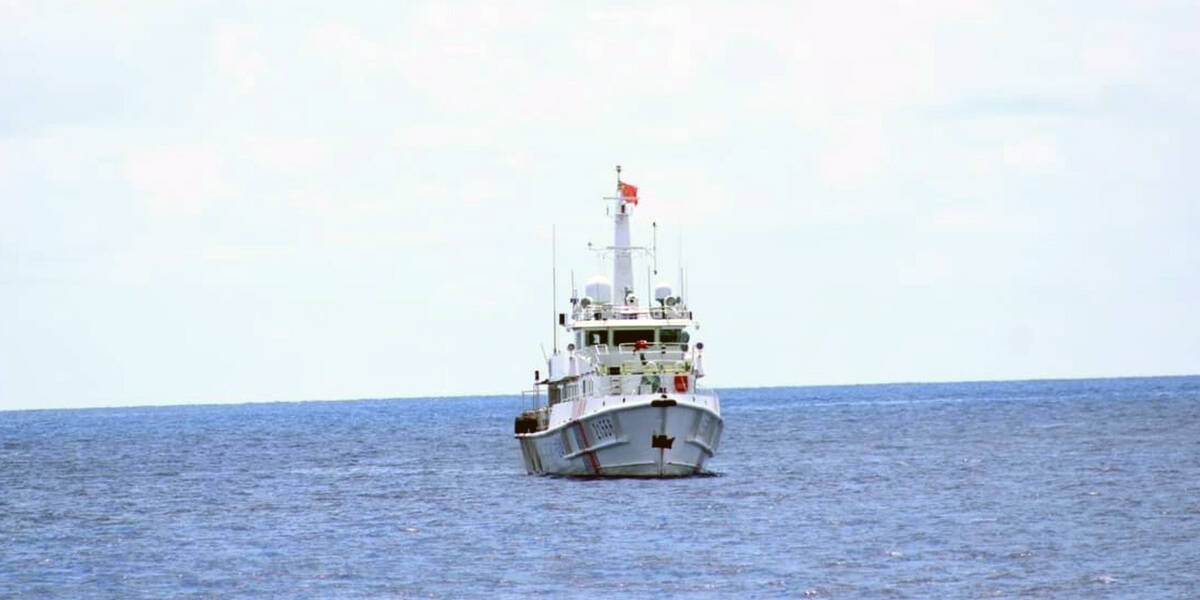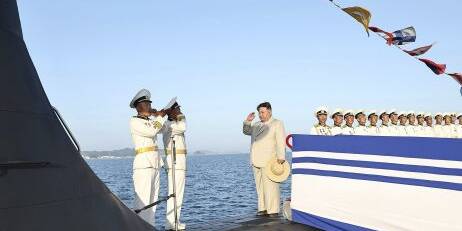Mary E Lovely, Peterson Institute for International Economics, for East Asia Forum
When he withdrew the United States from the Trans-Pacific Partnership, former president Donald Trump tore up the playbook for American economic engagement with Asia. In February 2022, his successor, Joe Biden, offered his own strategy for the region — one that blends broadly defined security and commercial interests while sharing Trump’s refusal to engage in new comprehensive trade agreements.
American partners in Asia welcome many aspects of President Biden’s Indo-Pacific Strategy. The Biden framework recognises the region’s security and prosperity as vital to American security and prosperity. It acknowledges that its economies will drive the lion’s share of global growth and that cooperation within the region is essential in the fight against climate disruption and COVID-19. It suggests new initiatives in military cooperation and shared technology development and governance. It recognises infrastructure needs within the region and ties them to the Build Back Better World initiative of the G7.
By mixing economics, security, development, climate and public health challenges, the Biden strategy places the United States at the heart of efforts to meet the full panoply of challenges that face the region. Its ‘strategic ends’ — a free and open Indo-Pacific — and its ‘strategic ways’ — strengthening the US role and building collective capacity — reflect an optimism that effective mechanisms can be built to coordinate across the region while successfully managing differences.
The strategy encompasses US intentions for closer security and economic ties to India, part of the Quad security dialogue that also includes Australia and Japan. It also invites closer cooperation with the EU, which seeks to increase its own presence in Asia. Pulling in so many partners, the strategy may be seen as a building block for America’s ‘friendshoring’, or the creation of supply chains based only in countries with whom it has a security alliance.
The framework’s optimistic tone obscures a precarious assumption underlying the strategy: that partners in this endeavour share the American desire to build China out of regional economic and technology networks. Indeed, the Biden plan explicitly identifies Beijing as a source of the region’s mounting challenges.
While many Indo-Pacific nations want to bolster defences against Chinese coercion and aggression, it is doubtful that they share the US view that China can or should be excluded from regional economic arrangements and decision-making forums. Many of Washington’s intended partner economies are already integrated with China. The United States ‘endorses ASEAN centrality’ but ignores the presence of ASEAN at the heart of the Regional Comprehensive Economic Partnership (RCEP), of which China is a founding member.
RCEP is the world’s largest trading bloc and its favourable regional rules of origin are designed to further integrate member economies. RCEP signatories already send almost 50 per cent of their exports to other RCEP members. For ASEAN and for Japan, the RCEP share is even higher. Even the Indian economy sends almost a quarter of its exports to RCEP members.
Eight East Asian economies already are bound together by the Comprehensive and Progressive Trans-Pacific Partnership (CPTPP), which provides substantial and binding market access, covering goods and services market openings and commitments on regulation of foreign investment. With significantly overlapping rosters, trade relationships between CPTPP members and RCEP members will continue to grow, even if China’s application to join the CPTPP is left to pend indefinitely. The United States, in contrast, is left outside CPTPP structures that enhance bloc production sharing and complementary foreign investment flows.
US plans for building secure technology value chains must include Japan, a close ally and a powerhouse supplier of machinery and electronics. What price is Japan willing to pay and in which industries to build China out of its products? Already, Japan exports almost as much to China as it does to the United States and imports almost twice as much. Much of this bilateral trade feeds Japan’s onshore production. In 2016 — the most recent year for which we have data — 64 per cent of Chinese exports to Japan originated in foreign-invested enterprises, many of them Japanese foreign affiliates, while more than half of China’s sales to Japan result from duty-free processing arrangements. These are clear indications of the extent to which Japan’s industrial engine is tied to China.
The situation is similar for South Korea, another US ally and key supplier of integrated circuits and other electronics. Its two-way trade with China is almost double that of its trade with the United States. As with Japan, much of this flow is linked to South Korean industrial production. More than half of Chinese exports to South Korea originate in foreign-invested firms, many of them South Korean foreign affiliates, and 57 per cent reflects duty-free processing arrangements.
Despite an ambitious list of negotiating issues, the Biden administration has made clear that it will not seek a comprehensive, binding agreement under the proposed Indo-Pacific Economic Framework. Rather, the aim is to create a flexible latticework of mutually reinforcing but independent ‘modules’.
The Biden plan acknowledges that its vision necessitates ‘unprecedented cooperation’ so that the strategic environment of the Indo-Pacific is fundamentally changed. However, it also sees this cooperation as offering ‘autonomy and options’. This autonomy extends not only to potential partners but to America itself.
Whatever is ultimately negotiated, the Indo-Pacific Economic Framework will not be built into binding treaties. It will not require the US Congress to overcome partisan politics to agree on an expanded role for America in the region. Asian allies, still reeling from the unpredictable and destabilising policies of the Trump administration, may be reluctant to invest much in new structures that can be as easily blown away as houses of straw.
Click here to read the original article at East Asia Forum.
Mary E Lovely is a Senior Fellow at the Peterson Institute for International Economics.
This article appears in the most recent edition of East Asia Forum Quarterly, ‘East Asia’s Economic Agreement’, Vol 14, No 1.
Related Analyses
September 15, 2024
West Philippine Sea: Several factors force BRP Teresa Magbanua to return – PCG
0 Comments1 Minute


